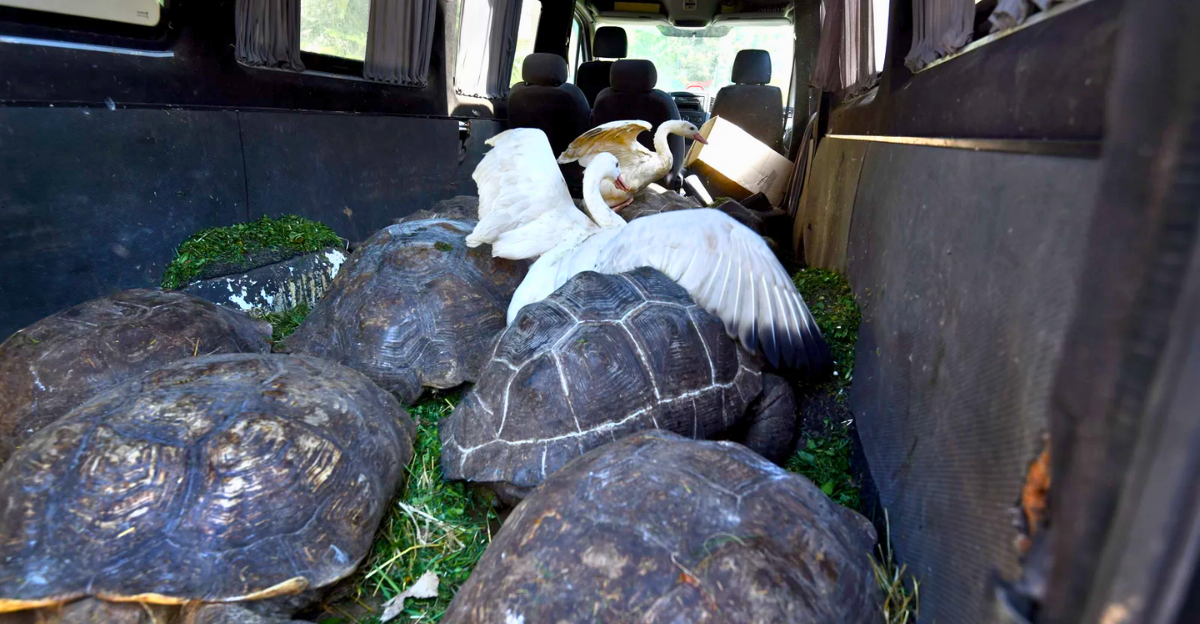
The idea that conflict areas are ecological dead zones is called into question by this comeback. In the paradoxical post-war Ukraine, nature is exhibiting remarkable signs of recovery despite massive environmental and human destruction. With Russian forces controlling an estimated 25% of Ukraine’s protected nature areas, the conflict severely harmed biodiversity and conservation efforts while destroying habitats and wildlife.
However, local communities and conservationists have banded together to save and reintroduce species, transforming landscapes scarred by conflict into unanticipated havens. Ukraine’s national biodiversity strategy and international collaboration seek to protect and restore these ecosystems in spite of persistent threats from habitat destruction, poaching, and climate change.
Ecosystem Engineers Steppe Marmots
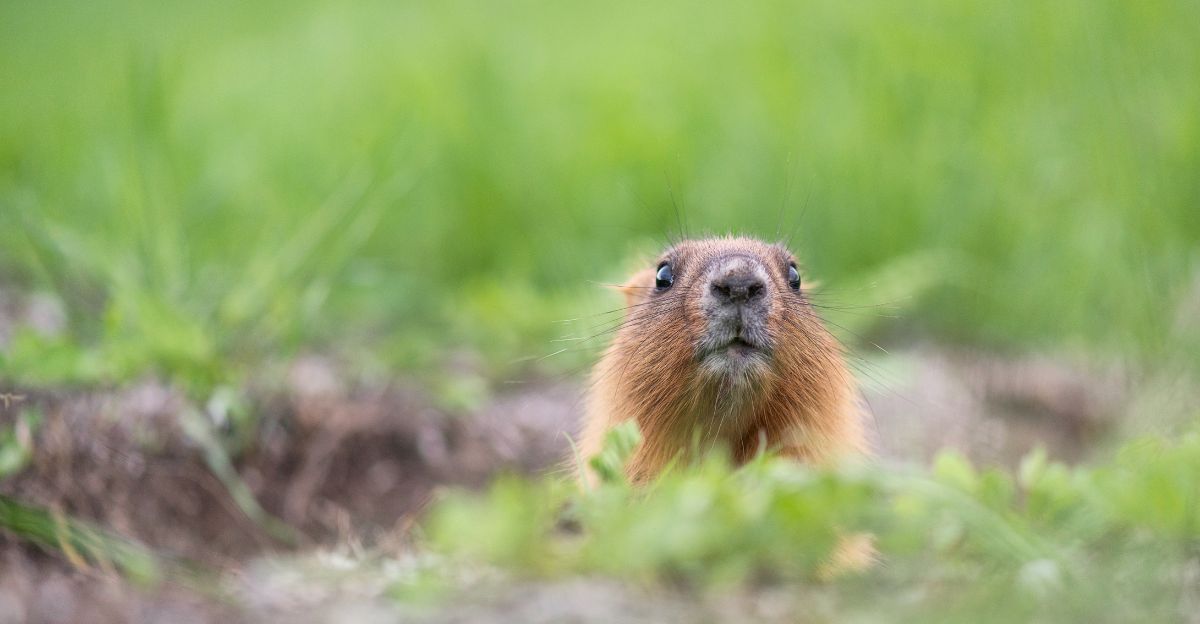
Despite the conflict, steppe marmots, which were reintroduced to the Tarutino Steppe in 2020 and 2024, are flourishing. By aerating the soil and establishing microhabitats for other species, these burrowing rodents serve as ecosystem engineers, enhancing soil health, water retention, and plant diversity. With several pups born in recent years, their colonies have grown beyond their original enclosures, indicating successful adaptation.
Once a battlefield, the Tarutino Steppe is now a living laboratory for learning how reintroducing species can support ecological recovery. This provides a model for restoring grasslands in post-conflict areas worldwide and challenges the notion that war zones are inhospitable to fragile environmental processes. The return of the marmots also helps predator populations, demonstrating how the restoration of one species can have a cascading effect on the food chain.
European Hamsters
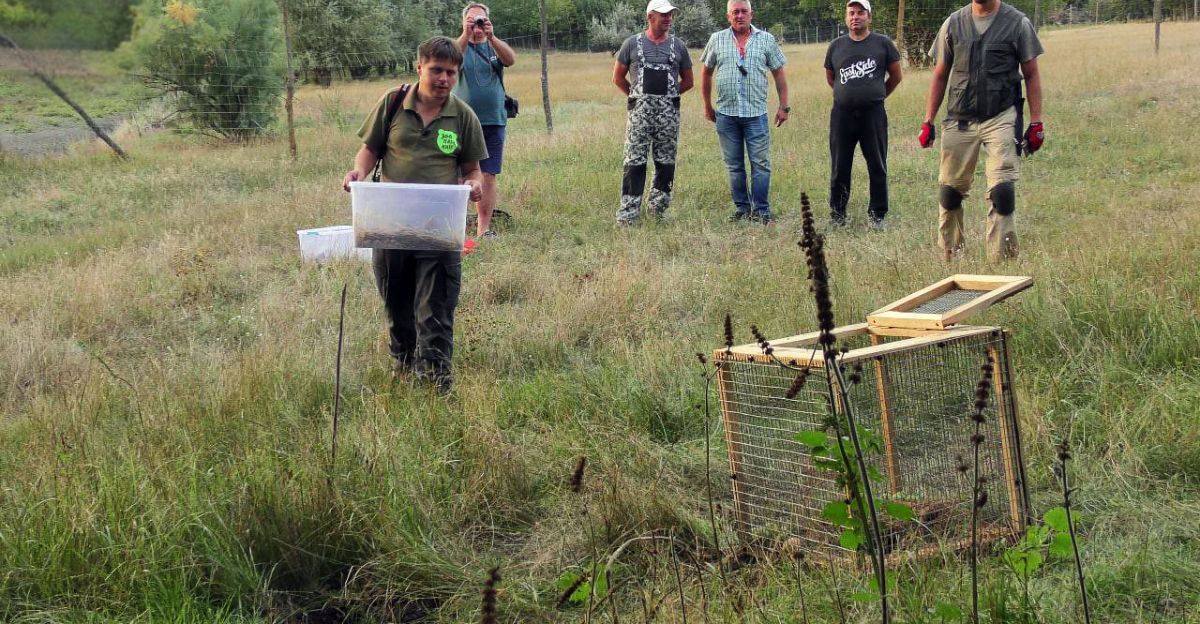
In October 2024, European hamsters were brought back to Ukraine’s grasslands as part of the restoration of the Danube Delta, an area severely damaged by conflict but vital to the preservation of biodiversity. Despite their diminutive size and frequent neglect, these hamsters are essential for soil aeration and provide food for foxes and other native predators, which in turn support intricate food webs. Their survival in the face of continuous habitat destruction brought on by war challenges preconceived notions about how vulnerable small mammals are in conflict areas.
The European hamster is endangered throughout Europe, so Ukraine’s efforts are essential to the species’ survival on the continent, which makes its resurgence noteworthy. Their existence suggests that ecosystem health is improving and gives hope that, with the proper conservation assistance, even small mammals can recover.
Dogs of War
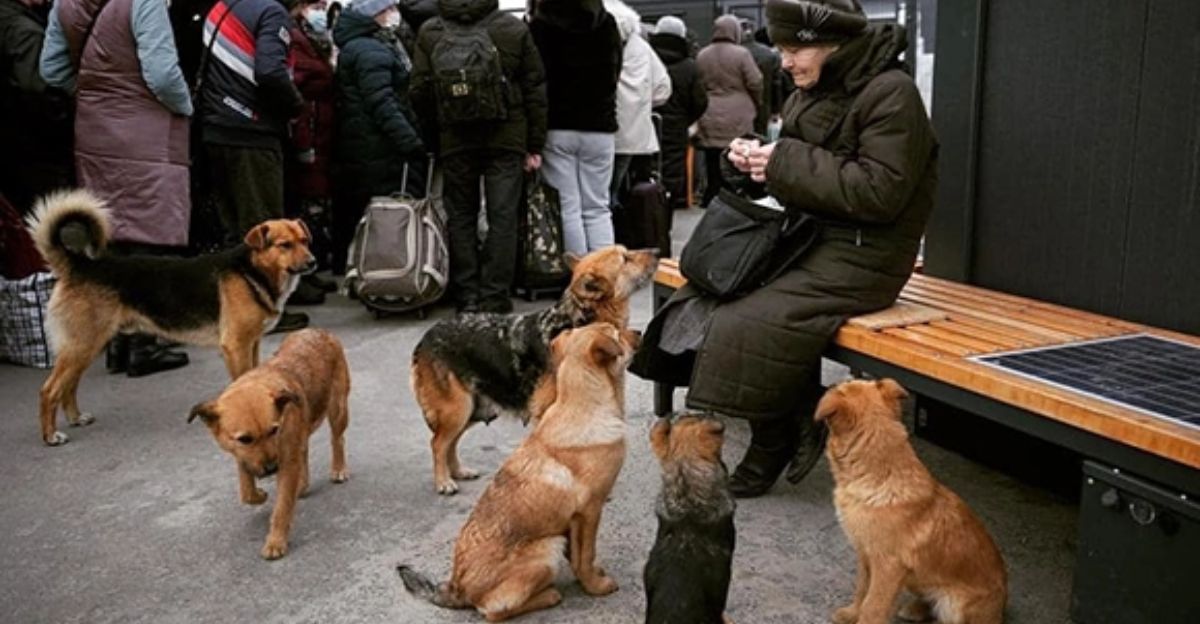
Many dogs were rescued from the frontlines by military personnel and volunteers, who helped them integrate into civilian life and frequently saved them from abandonment or harsh conditions. Because of this cultural change, Ukraine is now one of the dog-friendliest nations in Europe, allowing pets in public areas, workplaces, and even government buildings.
Animals becoming therapeutic companions for war survivors is another example of this phenomenon, which reflects broader social healing. New laws promoting veterinary care and animal welfare have been prompted by the growing popularity of dogs in both urban and rural areas. This unanticipated benefit of conflict demonstrates how complicated human-animal relationships can change during emergencies and how war can spark progressive shifts in public perceptions of animals.
Herds of Bison

A Threatened Species with Hope from Matchmaking. Due to a skewed sex ratio following war impacts, the European bison population in Ukraine, especially in Zalissia National Nature Park, is at risk of extinction. A lack of males jeopardizes genetic diversity and reproduction. The largest land mammal in Europe, the bison, is a keystone species that helps forest ecosystems by spreading seeds and establishing open areas.
To guarantee long-term success, the matchmaking program includes meticulous genetic evaluations, habitat restoration, and community awareness initiatives. This case shows how concentrated scientific and logistical efforts can reverse war-induced declines and challenges the idea that large mammals cannot be saved during conflict.
Bats

Quiet survivors and successful rehabilitation. Despite shelling, habitat loss, and pollution, bats in Ukraine have shown incredible resilience. Given the difficulties of working in a conflict zone, the Bat Rehabilitation Center of the Ukrainian Independent Ecology Institute in Kharkiv has successfully rehabilitated and released more than 3,000 bats during the war. Bats’ remarkable survival story is highlighted by this blend of wartime ingenuity and long-standing experience, highlighting the value of specialized wildlife care even in times of emergency.
Protecting bats is essential for the health of ecosystems because they are essential for pollination, seed dispersal, and insect control. The notion that extremely sensitive species cannot survive in conflict areas is also called into question by their return. As part of its efforts to promote coexistence, the rehabilitation center runs public education campaigns to dispel myths and anxiety regarding bats.
Przewalski’s Horses and Other Big Animals
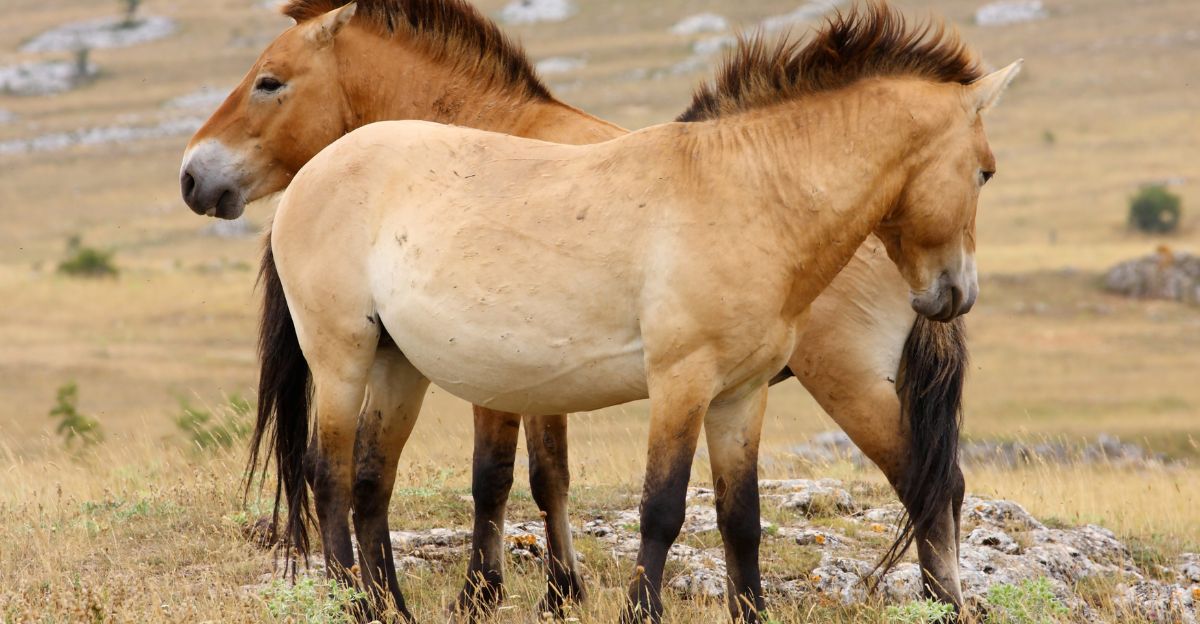
Recovery in the Face of Conflict Rare animals, such as the Przewalski’s horse, have been saved from conflict areas where they might have been killed for food or forced to relocate due to military operations. This strategy dispels the myth that big mammals cannot be saved in times of war and demonstrates how military and civilian collaboration can save iconic species even in areas devastated by conflict.
Their recovery in Ukraine is a component of a larger plan that includes anti-poaching and habitat restoration. Additionally, these initiatives have the potential to promote ecotourism and education while offering financial rewards for conservation. The effective restoration shows that even in the face of devastation, vulnerable megafauna can be protected through resource allocation and strategic planning.
Bird Migration and Storks
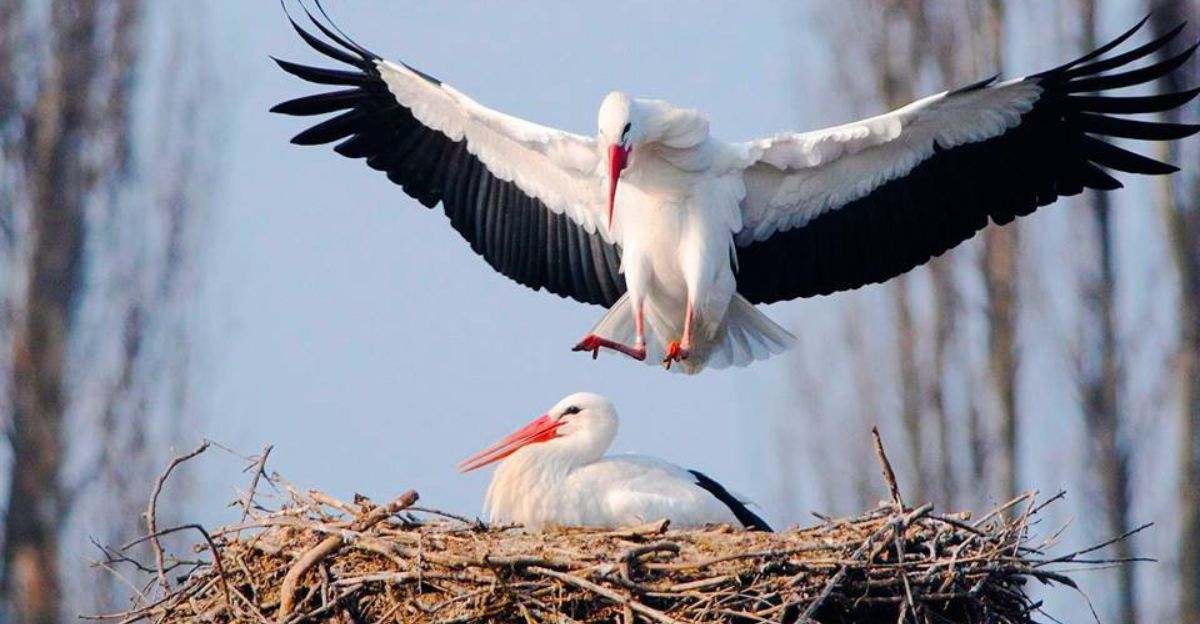
Stability in the face of conflict Despite the conflict, migratory birds like storks are still returning to their traditional nesting grounds in Ukraine. Current observations indicate that migration routes and habitats have remained relatively stable. Bird species’ tenacity gives hope that certain wildlife behaviors can endure even protracted human conflict, offering a sense of natural continuity in the face of social upheaval. In Ukraine, storks have cultural significance as fertility and renewal symbols, and their presence raises spirits in the community.
Given that these birds travel across several nations, the stability of migration routes further emphasizes the value of international cooperation. This case casts doubt on the dire notion that war permanently alters wildlife patterns and raises the possibility that some species could adapt to or gain from less human activity during hostilities.
Rewilding as a Framework
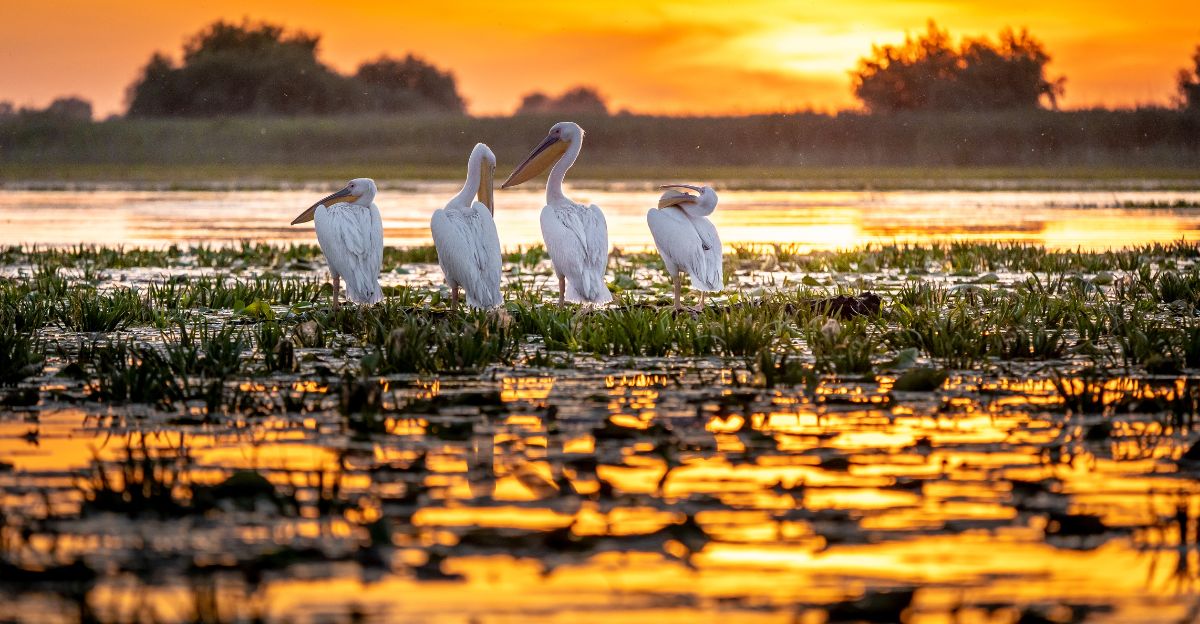
Co-Recovery of nature and humans. Ukraine’s rewilding initiatives, particularly in the steppe and Danube Delta, offer a distinctive example of how ecological restoration and human recovery can coexist. This framework suggests integrated approaches for rebuilding war-affected areas, challenging the traditional division of post-conflict environmental and human recovery.
The goals of rewilding initiatives are to reconnect habitats, restore native species, and encourage sustainable livelihoods through community involvement and ecotourism. Rewilding requires consistent funding, political will, and international collaborations to be successful, underscoring the necessity of a comprehensive strategy for post-war reconstruction that prioritizes biodiversity as a foundation of identity and resilience.
The Hidden Cost of the War and the Ten-Year Recovery Process

Recovery could take more than ten years due to habitat destruction, pollution, and landmine contamination; therefore, concerted international assistance and creative conservation techniques are needed to make sure that these incredible recoveries result in long-term biodiversity restoration. Reforms are required to strengthen resilience against future crises because the war has also revealed structural flaws in protected area funding and governance.
The loss of biodiversity in Ukraine highlights the interdependence of nature and society and has significant ramifications for ecosystem services, agriculture, and human well-being. Urgent action is needed to address these issues, which include community involvement, species monitoring, habitat restoration, and anti-poaching enforcement.
Explore more of our trending stories and hit Follow to keep them coming to your feed!

Don’t miss out on more stories like this! Hit the Follow button at the top of this article to stay updated with the latest news. Share your thoughts in the comments—we’d love to hear from you!







